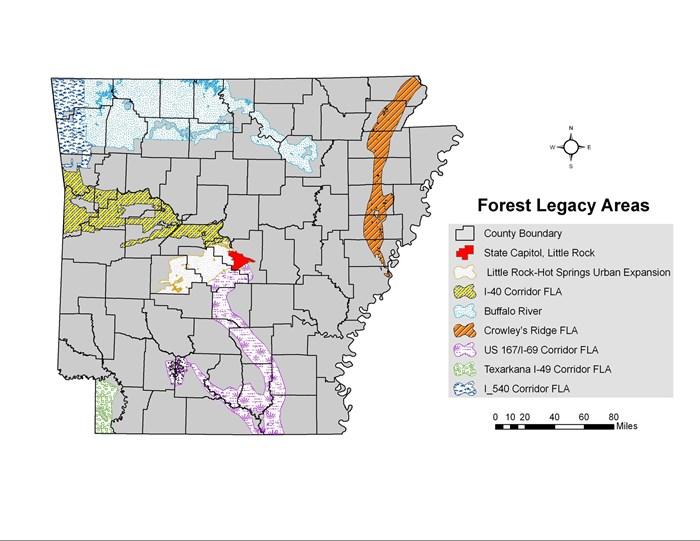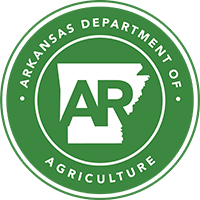Forestry
Protecting Arkansas’s forests, and those who enjoy them, from wildland fire and natural hazards while promoting rural and urban forest health, stewardship, development, and conservation for all generations of Arkansans
Agriculture / Forestry / Forest Legacy
Forest Legacy
Forest Legacy Program
The purpose of the Forest Legacy Program (FLP) is to protect forest areas that are threatened by conversion to non-forest uses. The protection is accomplished through fee simple title or conservation easement purchases. The conservation easement allows the seller to retain the right to manage the forest and sell timber while protecting the forest from conversion to non-forest uses. For these purchases both the seller and buyer must be willing to make the transaction. The Forest Legacy Program provides federal funding for up to 75 percent of the cost of conservation easements or fee acquisition.
Prompted primarily by threats to northeastern forests, the program, established in the 1990 Farm Bill, was initially restricted to Maine, Vermont, New Hampshire, New York, and Washington State, but is now potentially open to any state with threatened forest land. Arkansas became a participating state on October 1, 2004. Governor Mike Huckabee appointed the Forestry Division as the Lead Agency to administer the FLP in Arkansas.
Forest Legacy Assistance
The Forest Legacy Program provides federal funds for:
- Fee acquisition.
- Purchase of conservation easements.
- Surveys, title work, and other activities to facilitate donations of land or easements for FLP purposes.
- State FLP planning and administration.
Although FLP funds may be used for of either conservation easements or fee title purchase, nationwide the program has focused heavily on conservation easements as states have shown the most interest in protecting conservation values while also maintaining economic uses including timber harvesting. However, the Arkansas Forest Legacy program favors fee simple title purchases because it reduces monitoring and administrative issues.
Eligible Land
To be eligible for the Forest Legacy Program (FLP), proposed tract(s) must, at a minimum, meet the following criteria:
- Be available for conservation easement or fee simple sale by willing seller(s).
- Lie within the Forest Legacy Areas. See the map below for the Arkansas FLAs.
- Be environmentally important forest areas that can be effectively protected and managed which have important forest values such as forest based economies, water quality, ground water recharge potential, wildlife, biological diversity/integrity of landscapes, connection to existing forested conservation areas, aesthetics, geological values, cultural resources, educational, and recreational values.
- Be threatened by present or future conversion to non-forest uses as viewed by the state.
- Be a priority of the State Forest Stewardship Coordinating Committee and the Forestry Division.
- The seller(s) must secure 25% cost share for the proposed project as described in the Cost Share section below.
After the landowner completes an Forest Legacy Application, a proposal is prepared and submitted to the SFSCC for prioritization/approval. The SFSCC will then recommend proposed tract(s) for submission to the Forestry Division. The Forestry Division will submit a maximum of 3 proposals per submission cycle to the USDA Forest Service to be competitively ranked against other states’ projects nationwide and then be considered for funding in the President’s Budget. The projects may not exceed $20 million in total cost or $7 million for individual projects. The proposed project(s) are ranked against other states’ projects according to environmental importance, strategic: connects with other protected lands, and project readiness. The highest ranked proposals are included in the President’s Annual Budget. Congress then determines/approves the final allocation of funds for the proposals.

Cost Sharing
The Forest Service requires that 25 percent of the total program costs come from nonfederal sources, which may include state and local governments, land trusts or other nonprofit organizations, or individuals. With grants to states for specific projects the cost-sharing becomes a condition of the grant and must occur within the life of the multi-year grant.
In practice, most projects are more highly leveraged, as Forest Legacy dollars are limited and states attempt to devise projects that will stretch the federal dollar. The nonfederal contribution may come from matching funds or in-kind contributions and may include direct and indirect costs associated with planning, acquisition, capital improvement, management, or administrative activities.
Donations of land or conservation easements may count toward the match. Such donations must be documented. Donations must meet the following criteria to qualify for a match:
- The donation must meet the objectives of the state AON;
- It must be at least partly within the boundaries of a designated Forest Legacy Area;
- The property must be permanently protected;
- The deed must require that any proceeds resulting from a sale or exchange of a conservation easement be used in a manner consistent with the easement's purposes;
- The donation must not have been used to match any other FLP project;
- The state lead agency must approve using the donation as a match; and,
- The donor must request at the time of transfer that the donation value be used as an FLP match.
General Acquisition Procedures
If FLP funds are granted for a proposed project, the state will receive grant funds and acquire land or easements. The state or local government must hold any land or conservation easements acquired by state FLP grant funds. The state’s FLP grant funds are targeted for the specific proposed project.
Whenever FLP funds are used to acquire a tract, federal acquisition procedures must be followed. The most significant of these are:
Federal appraisal standards must be met, the landowner must be informed of the fair market value of the easement or title, and the sale of the property must be voluntary;
Title must be free and unencumbered or title insurance must be secured; and,
No more than fair market value may be paid for a purchase. Fair market value is determined by an appraisal conducted according to the Uniform Appraisal Standards for Federal Land Acquisitions.
For every acquisition, the state must also determine whether mineral rights need to be acquired to protect the conservation values at stake. Where a landowner retains the right to harvest timber under a conservation easement, the landowner must enter into a forest management agreement with the appropriate state or local government agency before the easement is finalized. Future modifications to such plans may be approved by the responsible state agency.
Forest Legacy Program Timeline
The following are the significant dates and periods for the Arkansas FLP process:
| FLP landowner application submission deadline | July 31 – Calendar Year when application was submitted |
| State (SFSCC) prioritizes applications and submits to USFS Southern Region | Fall – Calendar Year when application was submitted |
| USFS Southern Region submits projects to National Review Panel | November - Calendar Year when application was submitted |
| National Review Panel | January – Calendar Year when application was submitted plus 1 |
| Congressional Action | Summer/Fall – Calendar Year when application was submitted plus 1 |
| Federal Budget Passes | Winter – Calendar Year when application was submitted plus 1 |
| Award Project Grant | Spring – Calendar Year when application was submitted plus 2 |
How to Apply for the Forest Legacy Program
To apply for FLP in Arkansas, the seller(s) need to do the following:
- Decide whether a Fee-Simple Title or a Conservation Easement transaction is appropriate.
- Complete Forestry Division Forest Legacy Application Form and mail or email to: Shay Hoog, Forest Legacy Coordinator Shay.Hoog@agriculture.arkansas.gov.
Arkansas Department of Agriculture - Forestry Division
1 Natural Resources Drive
Little Rock, AR 72205 - With the assistance of the Forest Legacy Coordinator, obtain an FLP Qualified Appraisal and 25% Cost Share.
If you have any questions about the Arkansas FLP, contact Shay Hoog at 501-912-6540, or Shay.Hoog@agriculture.arkansas.gov.

